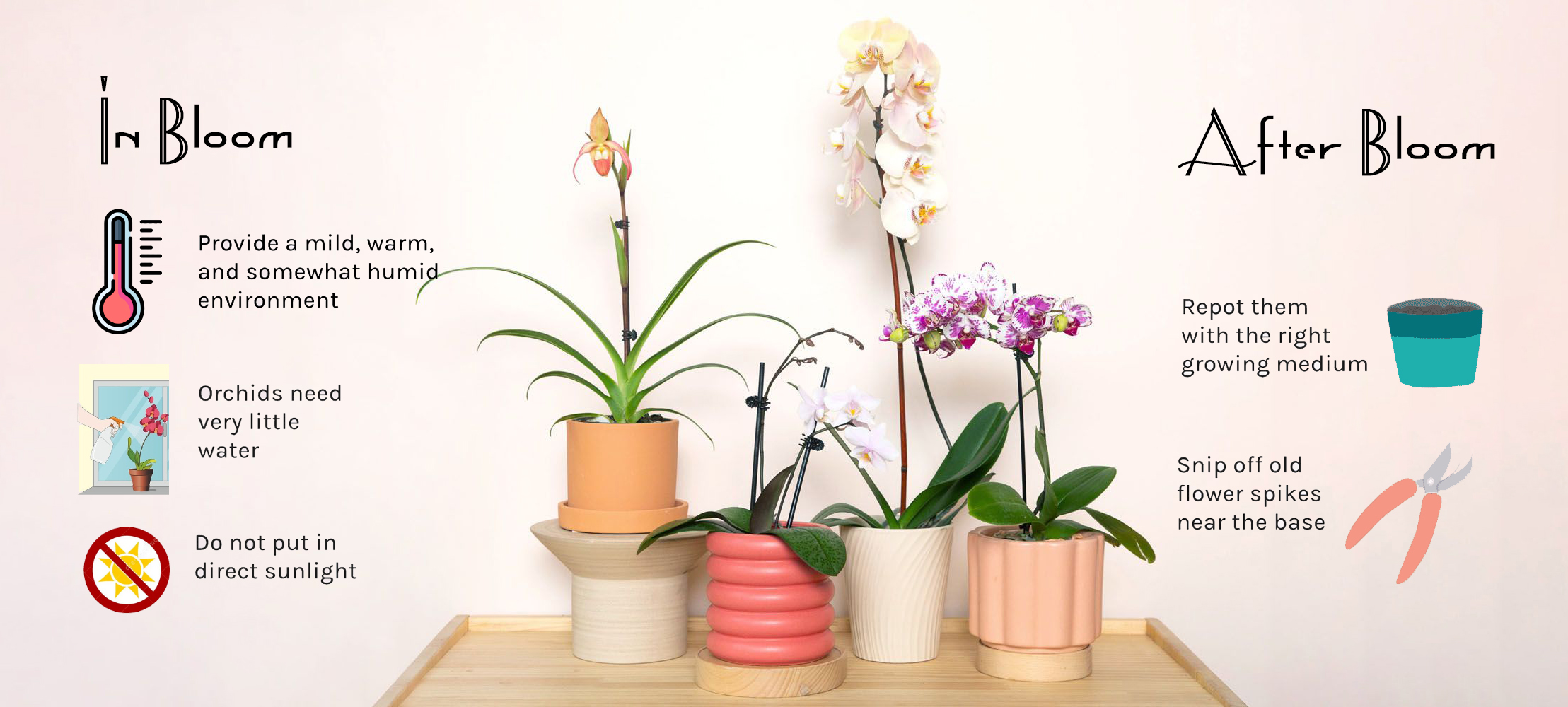
10 Easy Tips from florist boca raton
Orchids are beautiful and delicate flowers that require special care to thrive. With their diverse care needs, it’s important to understand the specific requirements of each orchid variety. Here are 10 easy tips to help you provide the best care for your orchids:
1. Light and Temperature
Orchids thrive in bright, indirect light. Avoid exposing them to direct sunlight, as it can damage their leaves. Maintain a temperature range of 65-75°F (18-24°C) during the day and slightly cooler at night.
2. Watering
Water your orchids thoroughly, allowing the water to drain completely. Avoid overwatering, as it can lead to root rot. It’s best to water them in the morning, allowing their roots to dry out before nightfall.
3. Humidity
Orchids love humidity, so it’s important to create a humid environment for them. You can achieve this by placing a tray of water near the orchids or using a humidifier.
4. Potting and Repotting
Use a well-draining potting mix specifically designed for orchids. Repot your orchids every 1-2 years or when their potting mix starts to break down.
5. Fertilizing
Feed your orchids with a balanced orchid fertilizer every 2-4 weeks during the growing season. Follow the instructions on the fertilizer package for the correct dosage.
6. Air Circulation
Orchids need good air circulation to prevent the growth of fungal and bacterial diseases. Place them in a well-ventilated area, but avoid exposing them to drafts.
7. Pruning
Remove any dead or yellowing leaves and spent flowers to promote new growth. Use clean, sharp tools to prevent the spread of diseases.
8. Pests and Diseases
Regularly inspect your orchids for pests like aphids, mealybugs, and scale insects. Treat any infestations promptly with an appropriate insecticide. Also, watch out for common orchid diseases like root rot and fungal infections.
9. Rest Period
Some orchids require a rest period during which they need less water and fertilizer. Research the specific needs of your orchid variety and adjust your care routine accordingly.
10. Observing and Adjusting
Observe your orchids closely and adjust your care routine based on their individual needs. Orchids are unique, and what works for one may not work for another. Pay attention to their growth, color, and overall health to ensure they thrive.
By following these 10 easy tips, you can provide the optimal care for your orchids and enjoy their stunning beauty for years to come.
If you need more information you can find all the frequently asked questions below
Viva Orchids Florist

FAQ Orchid Care Tips
Top 10 Orchid Care Questions:
- What is the best orchid mix?
- What kind of orchid pots should I use?
- How does humidity and air movement affect orchids?
- What are the light requirements of orchids?
- What temperature do orchids require?
- How should orchids be watered?
- How do you repot an orchid?
- How do you care for a sick orchid?
- How Often Do Orchids Bloom?
The Best Orchid Mix: Finding the Perfect Blend for Your Orchids

Orchids are delicate and beautiful plants that require special care and attention. One crucial aspect of orchid care is finding the right potting mix. The ideal orchid mix provides the necessary nutrients, drainage, and aeration for healthy root growth and vibrant blooms. While there isn’t a one-size-fits-all answer to the best orchid mix, there are a few options that have proven successful for many orchid enthusiasts.
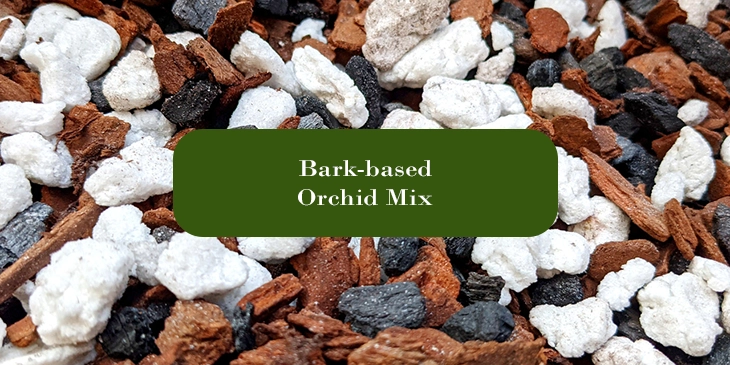
1. Bark-based Orchid Mix
A popular choice among orchid growers is a bark-based mix. This type of mix consists of various sizes of bark, which helps with drainage and air circulation. The larger chunks provide stability for the orchid while allowing the roots to breathe. This mix is suitable for many orchid species, including Phalaenopsis, Cattleya, and Dendrobium.
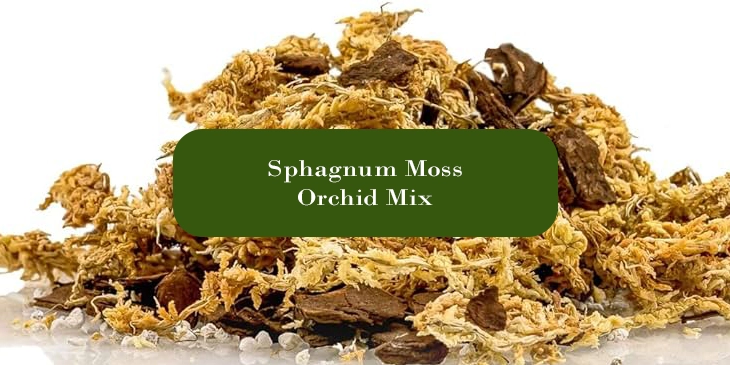
2. Sphagnum Moss Orchid Mix
Sphagnum moss is another common ingredient in orchid mixes. It retains moisture well and provides a stable environment for orchid roots. This mix is particularly suitable for orchids that prefer higher humidity levels, such as some Paphiopedilum and Oncidium species.
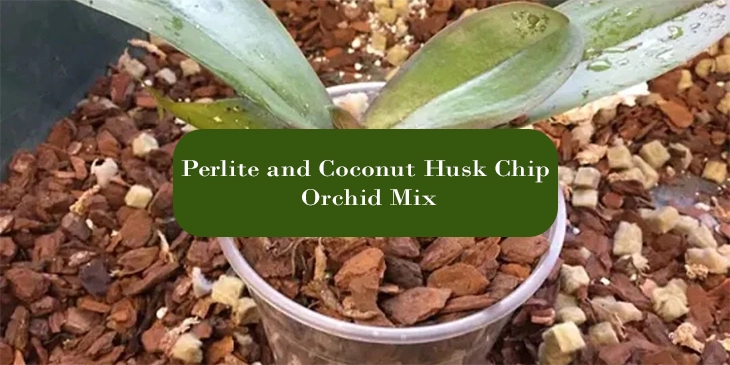
3. Perlite and Coconut Husk Chip Orchid Mix
A mixture of perlite and coconut husk chips is an excellent option for orchids that require a more moisture-retentive mix. The perlite helps with drainage, while the coconut husk chips retain moisture. This mix is often used for orchids like Vandas and some terrestrial orchids.
Ultimately, the best orchid mix will depend on the specific needs of your orchid species and your growing conditions. Experimenting with different mixes and observing how your orchids respond is key to finding the perfect blend. Remember to consider factors such as watering frequency, humidity levels, and the type of orchid you are growing. By providing the right mix, you can help your orchids thrive and enjoy their stunning beauty for years to come.
Choosing the Right Orchid Pots
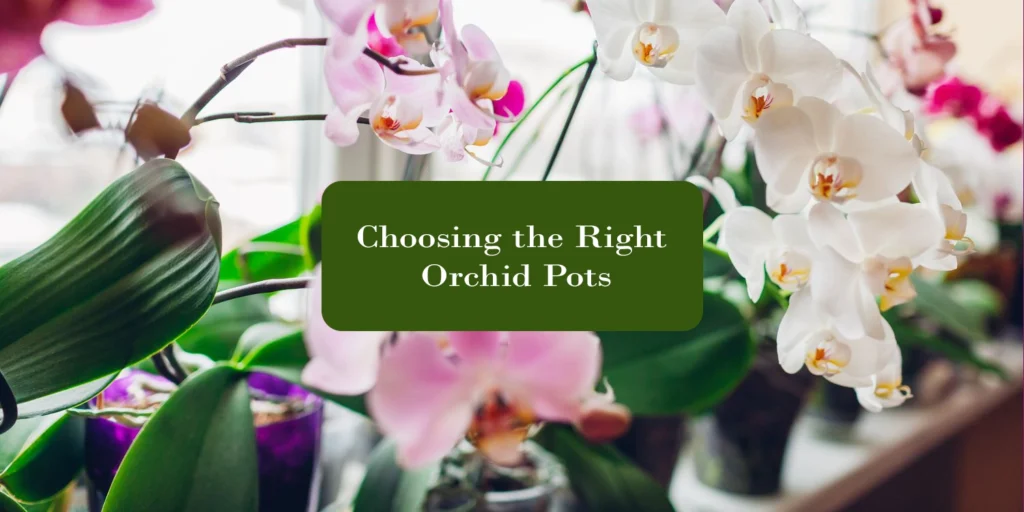
When it comes to growing orchids, choosing the right pots is essential for their health and overall growth. The type of pot you use can greatly impact the orchid’s ability to thrive. Here are a few factors to consider when selecting orchid pots:
Material
Orchid pots are available in various materials, including plastic, clay, and ceramic. Each material has its advantages and disadvantages. Plastic pots are lightweight, durable, and retain moisture well. Clay pots, on the other hand, are porous and allow for better airflow to the roots. Ceramic pots are aesthetically pleasing and offer good drainage. Consider the specific needs of your orchid and choose a pot material accordingly.
Drainage
Proper drainage is crucial for orchids as they are susceptible to root rot. Look for pots with drainage holes to allow excess water to escape. Additionally, consider using pots with slotted sides or mesh at the bottom to ensure adequate airflow and prevent waterlogging.
Size
Orchids prefer snug pots that provide enough space for their roots to grow. Avoid using oversized pots as they can lead to overwatering and root rot. Choose a pot that is just slightly larger than the orchid’s root system to promote healthy growth.
Choosing the right orchid pots is crucial for the well-being of your plants. Consider the material, drainage, and size when making your selection. By providing the ideal pot for your orchids, you can create an environment that promotes healthy growth and beautiful blooms.
How Humidity and Air Movement Affect Orchids
Orchids are delicate and elegant plants that require specific conditions to thrive. Two important factors that greatly influence their growth and health are humidity and air movement.
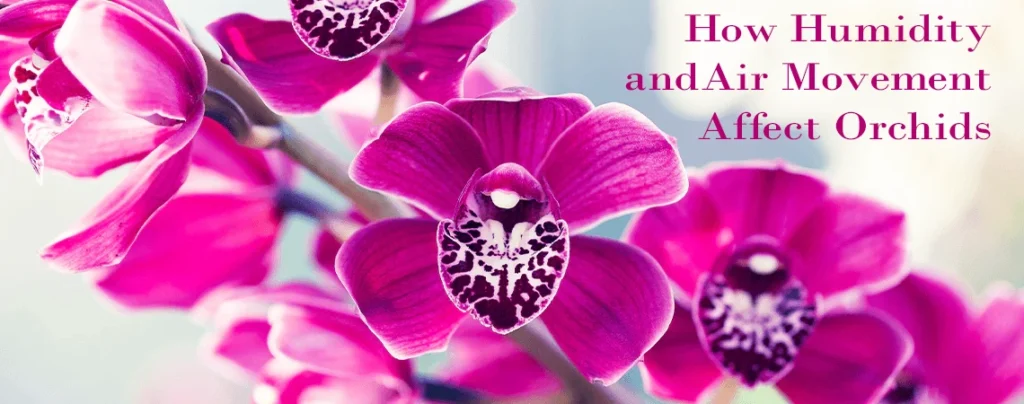
Humidity
Orchids are native to tropical regions where humidity levels are typically high. Therefore, replicating these conditions in your orchid’s environment is essential for its well-being. High humidity helps orchids absorb moisture through their roots and leaves, promoting healthy growth and preventing dehydration.
When the humidity is too low, orchids may struggle to take in enough moisture, leading to dry and brittle leaves, stunted growth, and even death. On the other hand, excessive humidity can create a breeding ground for fungal and bacterial diseases, which can harm the orchid’s roots and foliage.
Air Movement
Air movement is crucial for orchids as it helps regulate temperature, prevent the buildup of stagnant air, and improve gas exchange. Gentle air circulation mimics the natural conditions orchids experience in their native habitats.
Proper air movement prevents the growth of mold and fungus, which thrive in still and humid environments. It also helps prevent the accumulation of excess moisture on the orchid’s leaves and flowers, reducing the risk of rot and disease.
However, it’s important to note that orchids should not be subjected to strong or direct drafts, as this can cause damage to their delicate foliage. It’s best to provide a gentle, indirect airflow using fans or by placing them in a well-ventilated area
Humidity and air movement play vital roles in the health and well-being of orchids. Providing the right balance of humidity and gentle air circulation will help ensure that your orchids thrive and display their beautiful blooms. Remember to monitor and adjust these factors accordingly to create the ideal environment for your orchids to flourish.
What are the light requirements of orchids?
Orchids are known for their exquisite beauty and delicate nature. To ensure the health and well-being of these stunning plants, it is crucial to provide them with the right amount and type of light. Understanding the light requirements of orchids is essential for their proper growth and blooming.
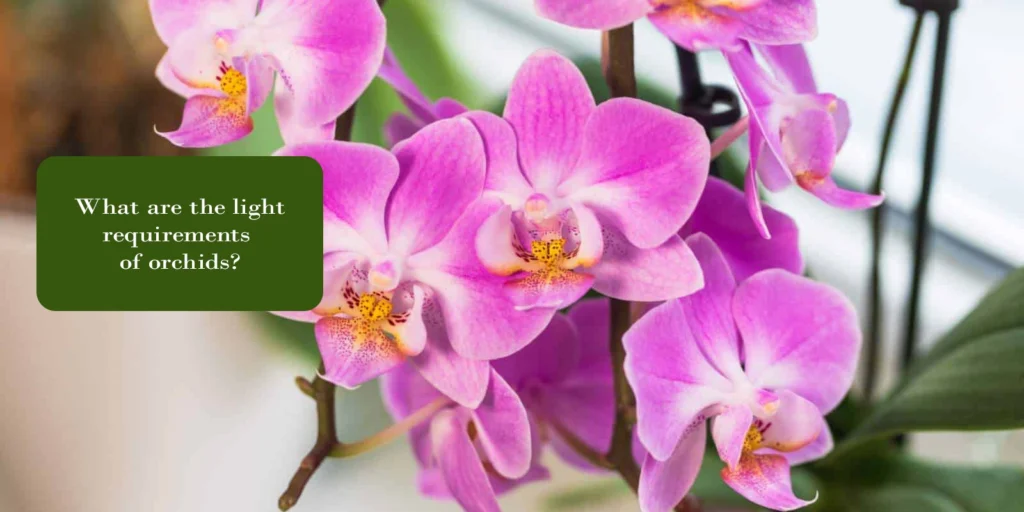
1. Indirect Light
Orchids thrive in bright, indirect light. This means they should not be exposed to direct sunlight, as it can scorch their leaves and cause damage. Instead, place your orchids near a window where they can receive filtered light or use sheer curtains to diffuse the sunlight.
2. Bright, Indirect Light
While orchids prefer indirect light, they still need a sufficient amount of brightness to thrive. A good rule of thumb is to provide them with around 12-14 hours of bright, indirect light each day. This can be achieved by placing them in a well-lit room or using artificial grow lights specifically designed for orchids.
3. Avoiding Direct Sunlight
Direct sunlight can be harmful to orchids, especially during the hottest parts of the day. If your orchids are exposed to direct sunlight, their leaves may turn yellow or develop brown spots. To protect them, it is best to place them in a location where they can receive bright, indirect light without direct exposure to the sun’s rays.
By providing your orchids with the right amount and type of light, you can ensure their healthy growth and vibrant blooms. Remember to monitor their light exposure and make adjustments accordingly. With proper care, your orchids will reward you with their stunning beauty for years to come.
What temperature do orchids require?
Orchids are delicate and exotic plants that require specific conditions to thrive. One of the key factors in their successful growth is temperature. Understanding the temperature requirements for orchids is crucial for their overall health and blooming.
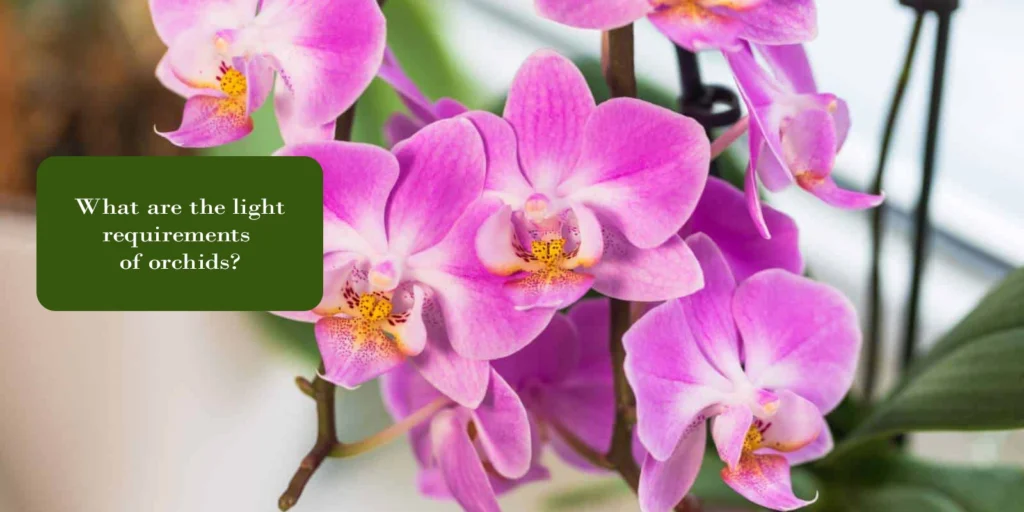
Optimal Temperature Range for Orchids
Orchids come from diverse habitats, so their temperature preferences can vary. However, most orchids thrive in temperatures ranging from 60°F (15°C) to 80°F (27°C) during the day. At night, they prefer slightly cooler temperatures, usually between 55°F (13°C) and 65°F (18°C).
Considerations for Temperature Variations
While orchids have specific temperature preferences, they can tolerate slight variations. Some orchids, such as Phalaenopsis, are more adaptable to temperature fluctuations, while others, like Cymbidiums, have stricter requirements.
It’s important to note that temperature variations can also help stimulate orchid blooming. For example, certain orchids require a drop in temperature during the night to trigger the development of flower spikes.
Providing the Right Temperature for Your Orchids
To ensure your orchids thrive, it’s essential to create the ideal temperature conditions for them. Here are a few tips:
- Place your orchids in a location with consistent temperatures, away from drafts or extreme heat sources.
- Monitor the temperature using a thermometer and make adjustments if necessary.
- Consider using a humidifier or misting the air around your orchids to maintain the right humidity levels.
- During colder months, you may need to provide additional heat sources, such as a space heater or heat mat, to keep the temperature within the optimal range.
By paying attention to the temperature requirements of your orchids and providing them with the right conditions, you can enjoy their beautiful blooms and vibrant growth.
How should orchids be watered? How to Properly Water Orchids
Orchids are beautiful and delicate flowers that require special care, especially when it comes to watering. Proper watering is crucial for the health and longevity of your orchids. Here are some tips on how to water your orchids correctly:
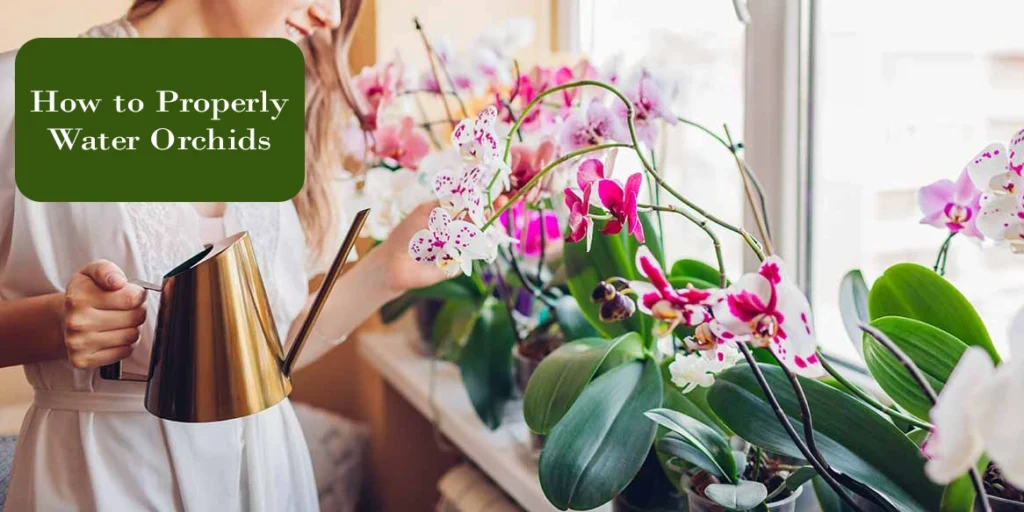
1. Choose the Right Potting Medium
The choice of potting medium is essential for orchids as it affects how water is retained and drained. Most orchids prefer a well-draining medium such as bark, sphagnum moss, or a combination of both. This allows excess water to flow out and prevents the roots from sitting in water, which can cause root rot.

2. Water Sparingly
Orchids do not like to be constantly wet. It’s important to water them sparingly and allow the potting medium to dry out slightly between waterings. The frequency of watering depends on various factors such as the type of orchid, the potting medium, and the environmental conditions. As a general rule, you can water your orchids once a week, but always check the moisture level of the potting medium before watering.
3. Water at the Right Time
Watering your orchids in the morning is ideal as it allows any excess moisture to evaporate during the day. This helps prevent the growth of fungi and bacteria that thrive in damp conditions. Avoid watering in the evening or at night as it can lead to prolonged moisture on the leaves and increase the risk of diseases.
4. Use the Soaking Method
Instead of simply pouring water onto the potting medium, consider using the soaking method. Place your orchid pot in a basin or sink filled with water and let it sit for about 10-15 minutes. This allows the roots to absorb water more efficiently. After soaking, remove the pot from the water and let it drain completely before returning it to its usual spot.
5. Ice watering
Orchids are relatively unpretentious in care and do not have special requirements to keep them well. Adding 3-4 ice cubes or 1/4 cup of water (per plant) once a week to the pot is enough…. Read About ice watering
By following these watering tips, you can ensure that your orchids receive the proper amount of moisture they need to thrive. Remember, each orchid is unique, so it’s important to observe and adjust your watering routine based on the specific needs of your plant.
Repotting an Orchid: A Step-by-Step Guide
Repotting an orchid is an essential part of its care and maintenance. Whether you’re a beginner or an experienced orchid enthusiast, understanding the proper repotting process is crucial for the health and longevity of your plant. Follow these simple steps to successfully repot your orchid:

1. Choose the Right Time
It’s best to repot your orchid when it’s not in bloom. Look for signs that your orchid has outgrown its current pot, such as crowded or overgrown roots. Spring or early summer is generally a good time for repotting.
2. Gather Your Supplies
Before you begin, gather all the necessary supplies. You will need a clean pot, fresh potting mix suitable for orchids, scissors or pruning shears, and a watering can or spray bottle.
3. Carefully Remove the Orchid
Gently remove the orchid from its current pot, taking care not to damage the roots. If the roots are tightly packed, you may need to carefully loosen them with your fingers or a small tool.
4. Trim and Inspect the Roots
Trim any dead, damaged, or rotting roots with sterilized scissors or pruning shears. Inspect the remaining roots for any signs of disease or pests. If necessary, treat the roots with a suitable orchid fungicide or insecticide.
5. Repot the Orchid
Place a layer of fresh potting mix at the bottom of the new pot. Gently position the orchid in the center of the pot, spreading out the roots. Fill the pot with additional potting mix, ensuring that the roots are covered but the base of the plant is not buried.
6. Water and Care for the Orchid
After repotting, water the orchid thoroughly, allowing the excess water to drain out. Place the orchid in a suitable location with indirect sunlight and appropriate temperature and humidity levels. Follow the regular care routine for your specific orchid species.
By following these steps, you can successfully repot your orchid and provide it with a healthy and supportive environment to thrive in. Remember to monitor your orchid’s growth and perform regular repotting as needed to ensure its continued well-being.
Caring for a Sick Orchid: Tips and Tricks
Orchids are known for their beauty and elegance, but like any living thing, they can sometimes fall ill. If you find yourself with a sick orchid, don’t worry! With a little care and attention, you can nurse your orchid back to health. Here are some tips and tricks to help you care for a sick orchid:
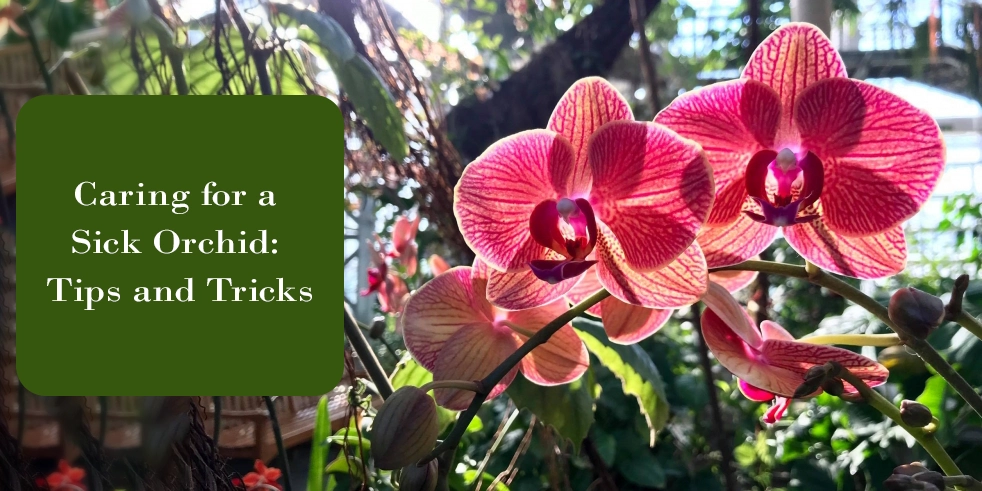
1. Identify the Problem
The first step in caring for a sick orchid is to identify the problem. Orchids can suffer from a variety of ailments, including fungal or bacterial infections, nutrient deficiencies, or even improper watering. Take the time to examine your orchid closely and look for any signs of disease or distress.
2. Adjust the Environment
Orchids are sensitive to their environment, so making some adjustments can go a long way in helping them recover. Ensure that your orchid is getting the right amount of light, humidity, and temperature. Most orchids thrive in bright, indirect light and high humidity. Avoid placing your orchid in direct sunlight or near drafts.
3. Provide Proper Watering
Proper watering is crucial for the health of your orchid. Overwatering can lead to root rot, while underwatering can cause dehydration. Water your orchid thoroughly, allowing the water to drain completely. Then, wait until the top inch of the potting mix is dry before watering again. It’s important to find the right balance to prevent water-related issues.
Remember, caring for a sick orchid requires patience and persistence. By following these tips and providing the right care, you can help your orchid recover and thrive once again.
How Often Do Orchids Bloom?
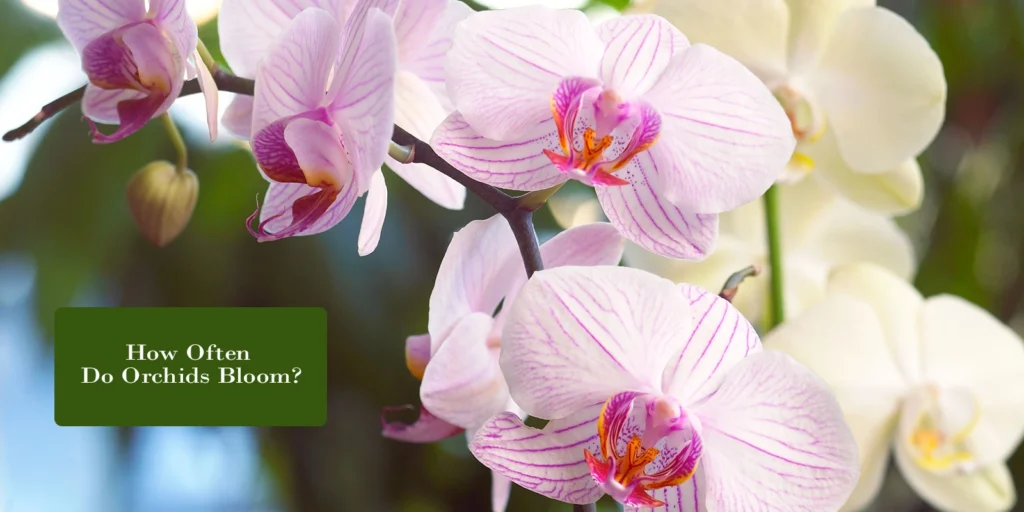
Orchids are known for their stunning and exotic flowers, which make them a popular choice among plant enthusiasts. But how often do these beautiful blooms actually appear? The answer may vary depending on the type of orchid and its specific growing conditions.
Generally, orchids bloom once a year. However, some varieties can bloom multiple times a year, while others may only bloom every other year. The frequency of blooming is influenced by factors such as the orchid species, its age, and the care it receives.
Orchids require specific conditions to bloom successfully. They need the right balance of light, temperature, humidity, and proper watering. If these conditions are not met, the orchid may not bloom or may have fewer blooms.
Providing the ideal conditions for your orchid can increase the likelihood of blooming. Most orchids thrive in bright, indirect light, with temperatures ranging from 60 to 80 degrees Fahrenheit. They also prefer high humidity levels, which can be achieved by placing the orchid pot on a tray filled with water and pebbles.
Proper watering is crucial for orchids to bloom. Overwatering can lead to root rot, while underwatering can cause the plant to become dehydrated. It’s essential to water the orchid when the top inch of the potting mix feels dry to the touch, allowing excess water to drain away.
With the right care and attention, you can help your orchid bloom to its full potential. Remember to be patient, as some orchids may take several years to reach maturity and bloom for the first time. Once they do, you’ll be rewarded with a spectacular display of flowers.
And a nice Video of Orchid for you. Thank you for reading our florist’s guide!